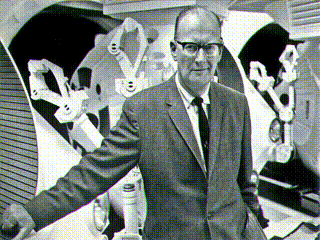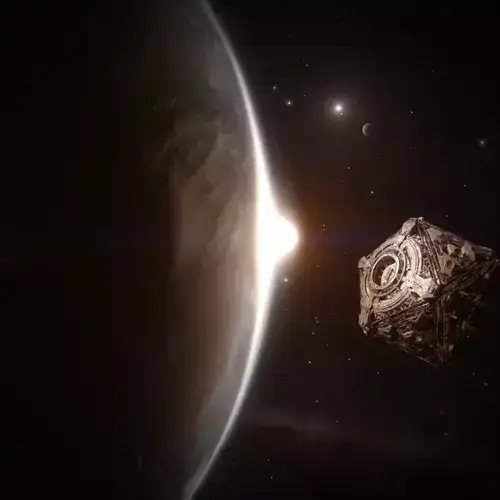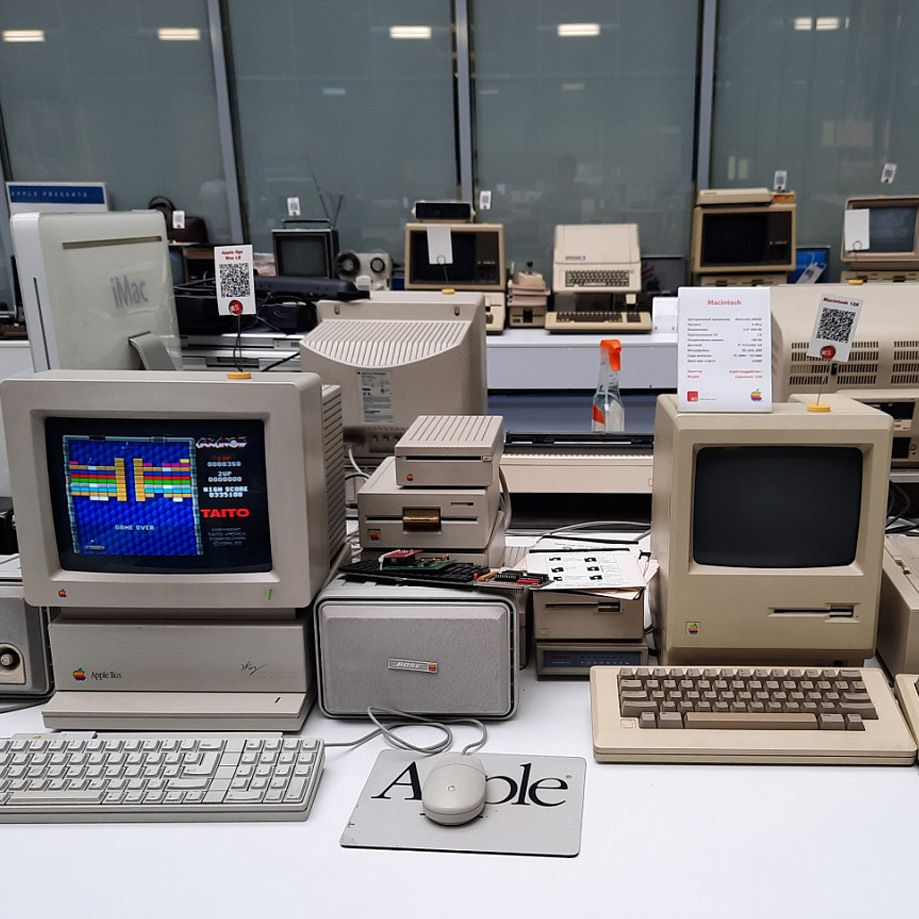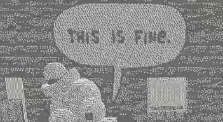
Welcome to Cables – a new monthly recap of New Design Congress' efforts to confront the gap between what is said to be happening, and what is actually happening in digitised societies.
PERSONHOOD IN THE PAPERCLIP WORLD
In 2003, Nick Bostrom proposed a scenario in which a flawed AI is programmed to manufacture paperclips, and in its pursuit of this goal, it consumes all resources on Earth. The fear of an unfeeling AI following its prime directive to oblivion is well-explored ground for futurists. Bostrom’s thought experiment echoes H.A.L.’s sabotage and murder of a crew of human astronauts in Arthur C. Clarke’s 2001: A Space Odyssey. In general, this extends to contemporary debate over the threat of AI to blue and white collar work. But the paperclip maximiser is a somewhat naive concept. It fears an AI apocalypse for the industrial era: what happens when the paperclip maximiser is set loose on the so-called bicycle of the mind?
A scam campaign served by YouTube's advertising platform, featuring a deepfake of Jennifer Anitson. Source
Today’s Large Language Models (LLMs) are far from the malevolent general intelligence of pop-sci fiction, but while they would definitely fare poorly in the physical world of the industrial era, LLMs have turned out to be more than capable of paperclip maxxing the information age. In the last 12 months, the net has deteriorated very quickly. Platform enshittification, SEO-powered internet rot, social media gibberish, AI hallucinations regurgitated as truth, and deepfake social engineering attacks are all examples of paperclip maxxing in the information age.
Like the microplastics-filled ocean, we have flooded the digital society with garbage. The second half of this decade will be a race to bind digital identity with proof of personhood, new methods to discern the human from this pollution. Is this a good idea, and will it succeed? Only time will tell.
An audio and video deepfake conversation on AI, using Colonel Roy Campbell and Raiden from Metal Gear Solid 2.
WARFARE AND DECOMPOSITION

The war in Gaza and the stalemate in Ukraine are evidence of a mismatch, where technology as a medium of governance is no longer able to contain a system’s entropy, and actually further its decomposition. In Palestine, the reliance of technological sensing for border control – born from specific political choices – exposed the Israeli State to an unexpected attack. In Ukraine, reports waxed lyrical about the technological marvels unleashed by US and EU supports, despite conflict stagnation.
For the past 90 years, ‘technology’ has been seen as alone capable of ushering a stabilised order. As Honk Kong philosopher Yuk Hui recalled with Confucianism, political hegemony butresses its moral claims through technics. What links the situation of Gaza and Ukraine is a nexus of material, geopolitical and historical realities that informed technology, much less the other way around. Technology is first and foremost born from the existing material and political conditions, and as a result cannot be expected to durably solve the crises of our times.
THE (DIS)ILLUSION OF METRICS
This month, the beloved content creator Tom Scott announced his retirement from his YouTube channel after exactly ten years and 732 videos. Scott is perhaps the most high profile example of an accelerating post-Covid trend of creator burnout and economic stagnation that appears to be platform agnostic. Prominent YouTubers — filmmakers, musicians, video essayists, artists and other creatives — are stepping back with increasing frequency or radically decreasing the regularity of their output. Meanwhile, artists and creatives tethered to visual platforms such as Instagram for their livelihood candidly voice their financial strains, spotlighting a pressing need for commissioned work.

Despite amassing followers in the hundreds of thousands or even millions, many content creators find themselves in a paradoxical struggle: the vast digital audiences they command and the metrics provided by platforms belie the harsh reality of financial precarity. Likes and shares are severed from livelihood, and no longer serve as economic indicators. The opaque nature of platforms has for years encouraged a trial and error approach to content creation as an income generator. This increasingly looks dire – even for platforms themselves. The creative class is now navigating a deceptive and unaccountable landscape of fame without fortune — and many are dropping out.
Tyler, the Creator on the uselessness of social media metrics.
UPCOMING EVENTS
11 FEB – Guest Lecture at Gray Area's Responsible Technology Design Intensive.
13-16 FEB – Dublin, Ireland & London, UK, local meetup TBA. Email to be notified of details.
20-25 FEB – Para-Real research in Malmo, Sweden, local meetup TBA. Email to be notified of details.
MARCH – Members only screening of our forthcoming documentary This is Fine: A Film About the Loop. Email to be notified of details.
MARCH – Members only screening of Memories in the Wires, our documentary on the Para-Real in Korea. Email to be notified of details.






